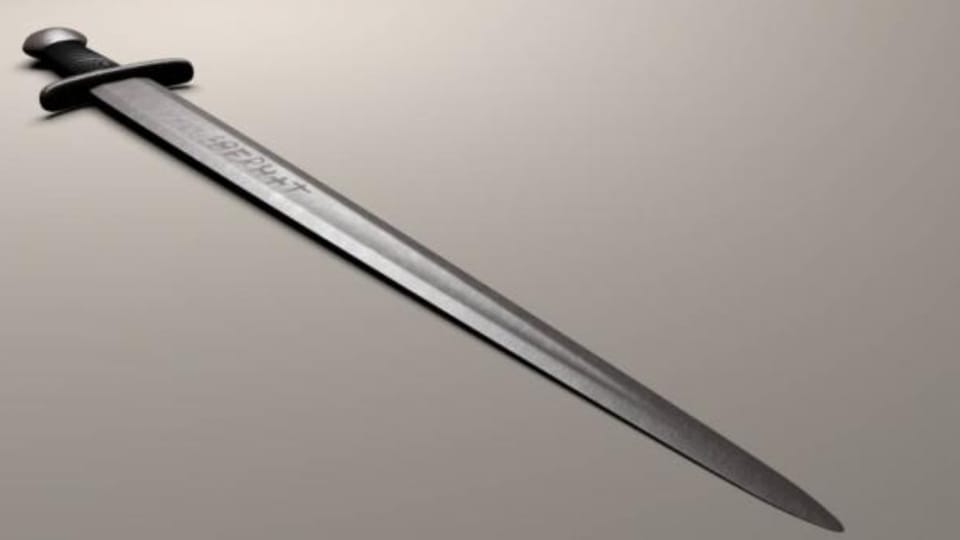One Step Closer: Cracking the Mystery of the Viking Blade, Ulfberht

Stamped with the Ulfberht name and two crosses, these swords were crafted from a metal so pure and strong, it’s got historians and metallurgists scratching their heads, wondering how the hell those medieval swordsmiths pulled it off.
But guess what? Recent research is starting to unravel the mystery behind these legendary weapons. See, some folks thought these swords might have come from the Middle East or Asia, but turns out, the truth might be a lot closer to home—Europe, baby!
Around the same time these Ulfberht swords were being hammered out (somewhere between 800 and 1000 A.D.), there was another kickass sword in town: Damascus steel. Now, both Damascus steel and Ulfberht swords, they were like the rockstars of the sword world, made from something called “crucible steel,” packed with high levels of carbon, making them strong as hell and flexible too.
Now, what really blows your mind is that these Ulfberht swords had a carbon content three times higher than any other sword of their time. They were lighter, stronger, and had hardly any impurities. How they managed that? Nobody knows. I mean, this level of craftsmanship wasn’t supposed to be possible until the Industrial Revolution rolled around.
And get this, a modern-day blacksmith, Richard Furrer, he took a crack at it, trying to replicate an Ulfberht sword using medieval tech. He thought it was the most complicated thing he’d ever done. He had to pull out techniques nobody thought folks back then knew about.
While we’ve managed to crack the code on Damascus steel, the secrets of the Ulfberht sword remained locked away. But recent research is starting to unravel that mystery. Turns out, the materials for these bad boys might have come from right here in Central Europe, not halfway around the world.
Chemical analysis of one of these Ulfberht swords found in Germany showed that its raw materials were sourced locally. High manganese in the blade, arsenic in the iron guard—everything screamed European origins. Even the lead in the pommel could be traced back to a site near Frankfurt, Germany.
So, while the name “Ulfberht” still leaves us scratching our heads, these new discoveries are bringing us one step closer to unraveling the mystery of these legendary swords. Looks like they might have been forged right here in Europe, after all.
“A Step Closer to the Mysterious Origin of the Viking Sword Ulfberht”
By Tara MacIsaac, Epoch Times





